Abstract
1. Cat hind limb peripheral nerves were fitted with cuff recording electrodes, and their distal portions were later cut and ligated to prevent regeneration. The compound action potential amplitude initially declined with a time constant between 1 and 2 months and then remained relatively unchanged for periods of more than a year. Similar but smaller changes were observed in the conduction velocity of the nerves which also stabilized after a few months. 2. In nerves that were cut and resutured to their distal stumps or sutured directly to nearby muscles, a recovery was observed. The time course was well fitted by an initial exponential decay with a similar time constant to that above, followed by an exponential recovery with a longer time constant (3-4 months). Nerve conduction, muscle potentials and twitch tension often recovered to control values, even when the amplitude of the nerve compound action potential remained depressed. 3. Thus, nerve fibres survive axotomy for long periods of time and continue to conduct action potentials, even if unable to regenerate to appropriate end-organs. When regeneration is permitted, a fraction of nerve fibres may reinnervate nearly all end-organs. The diameter and conduction velocity of these nerve fibres presumably increase toward control values, while other fibres remain subnormal in these parameters. 4. Factors in the design of cuff electrodes which determine the amplitude of compound action potentials are described in an Appendix.
Full text
PDF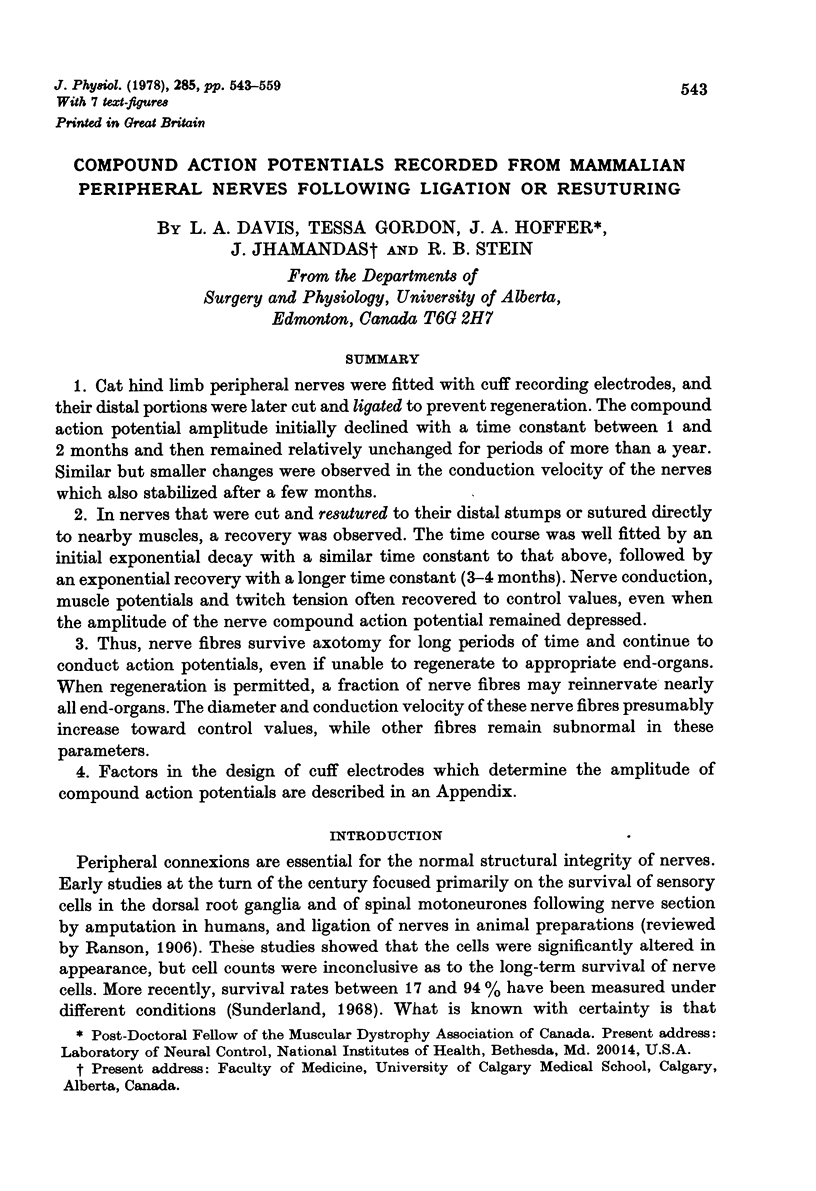

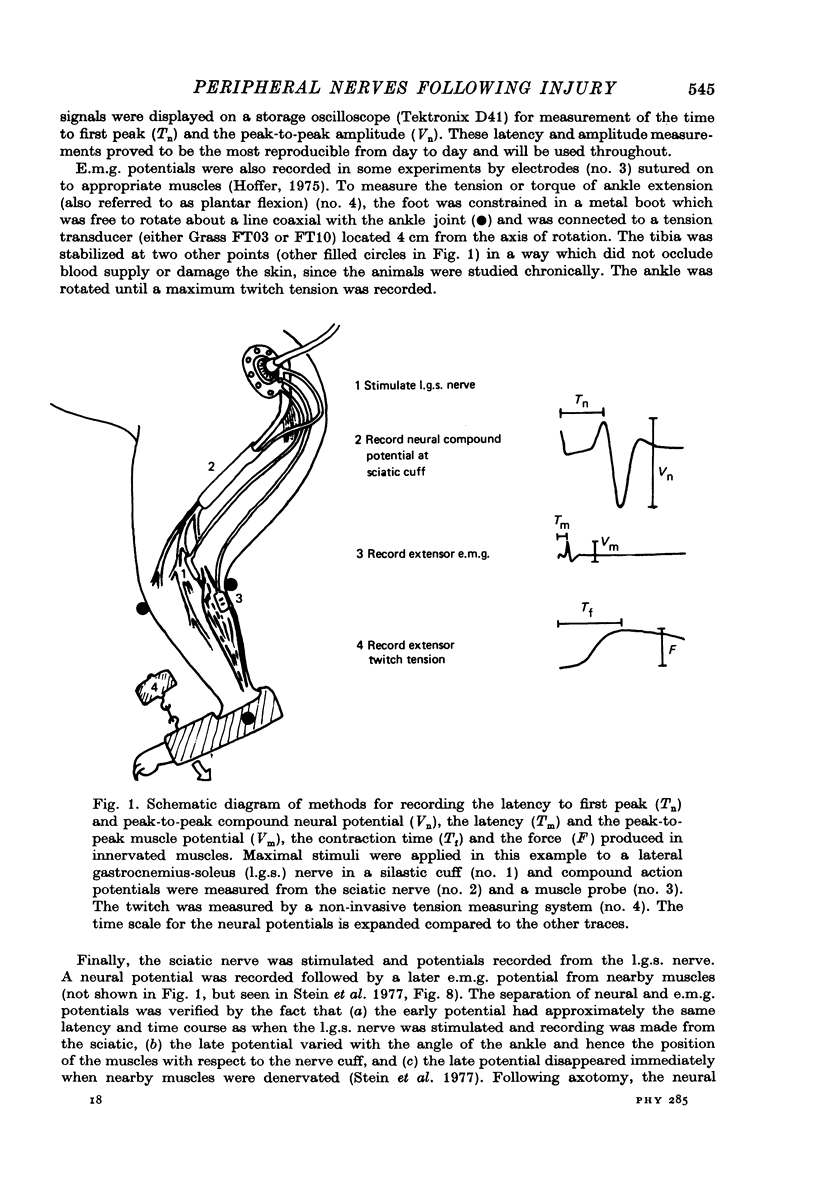
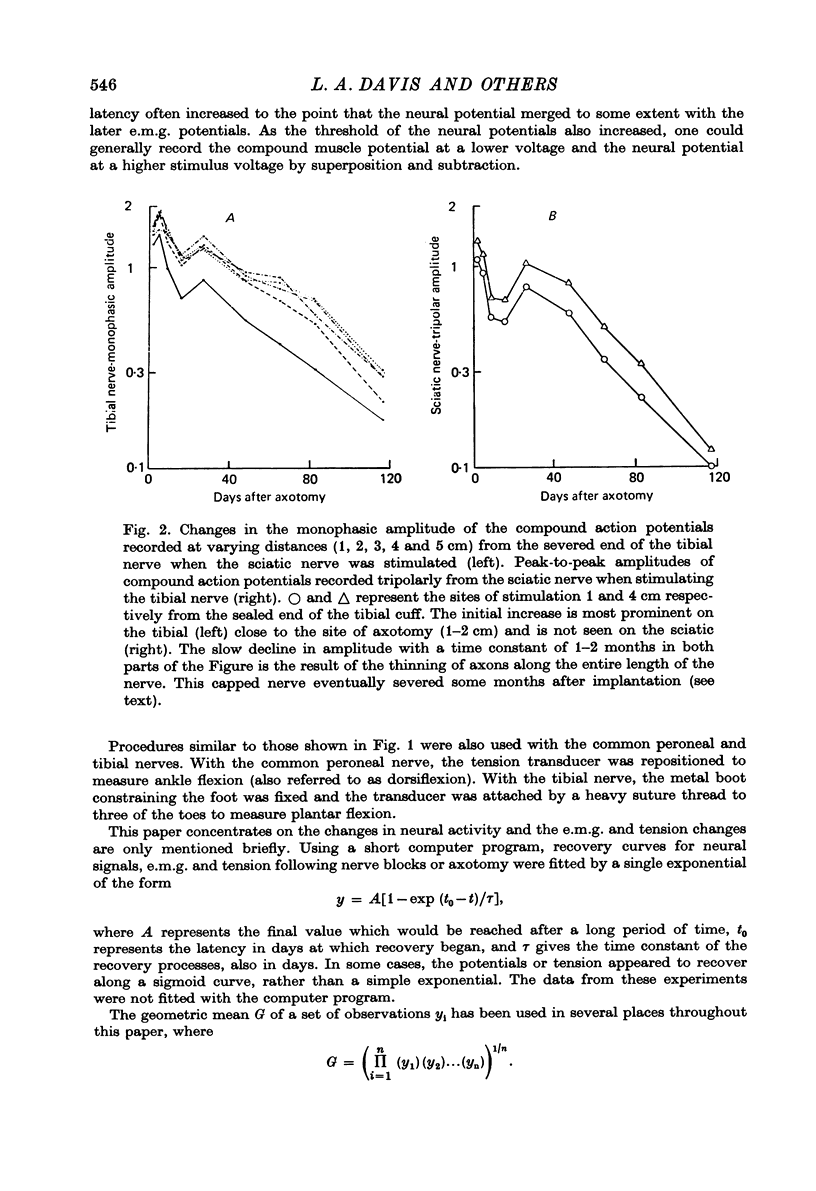
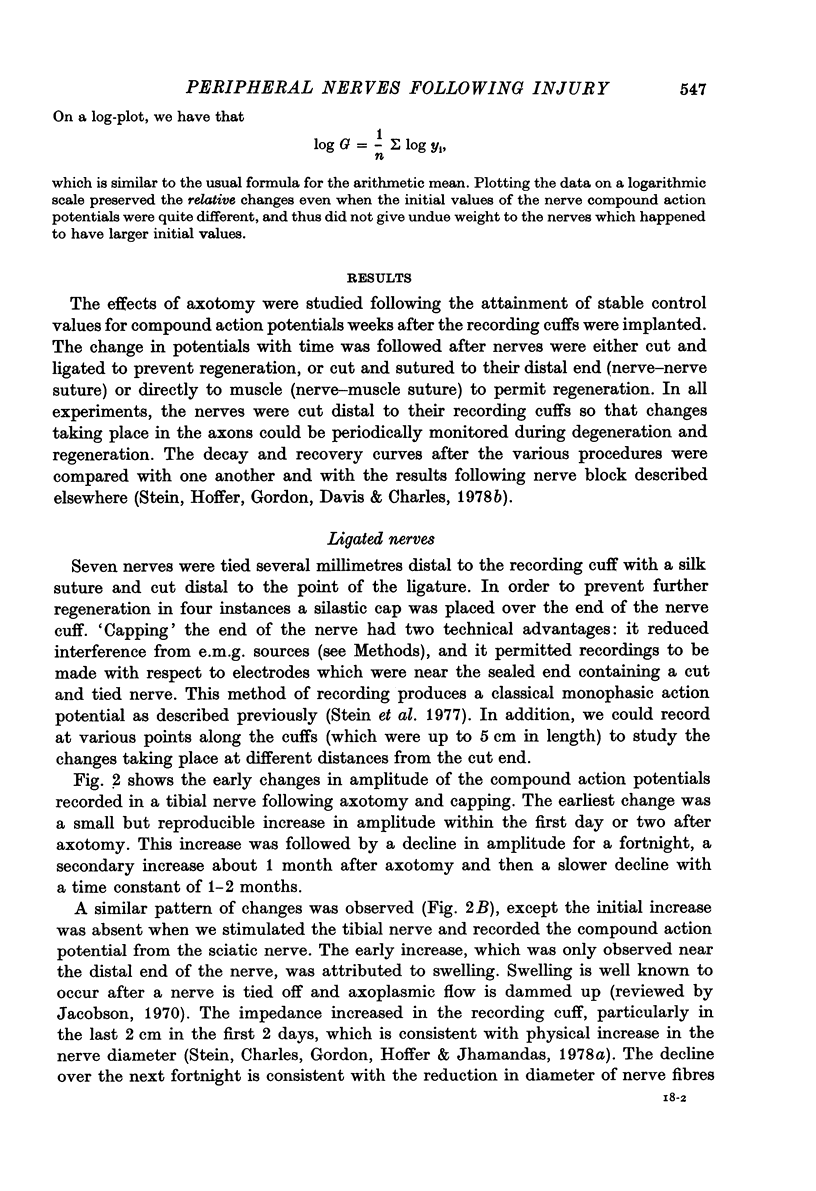
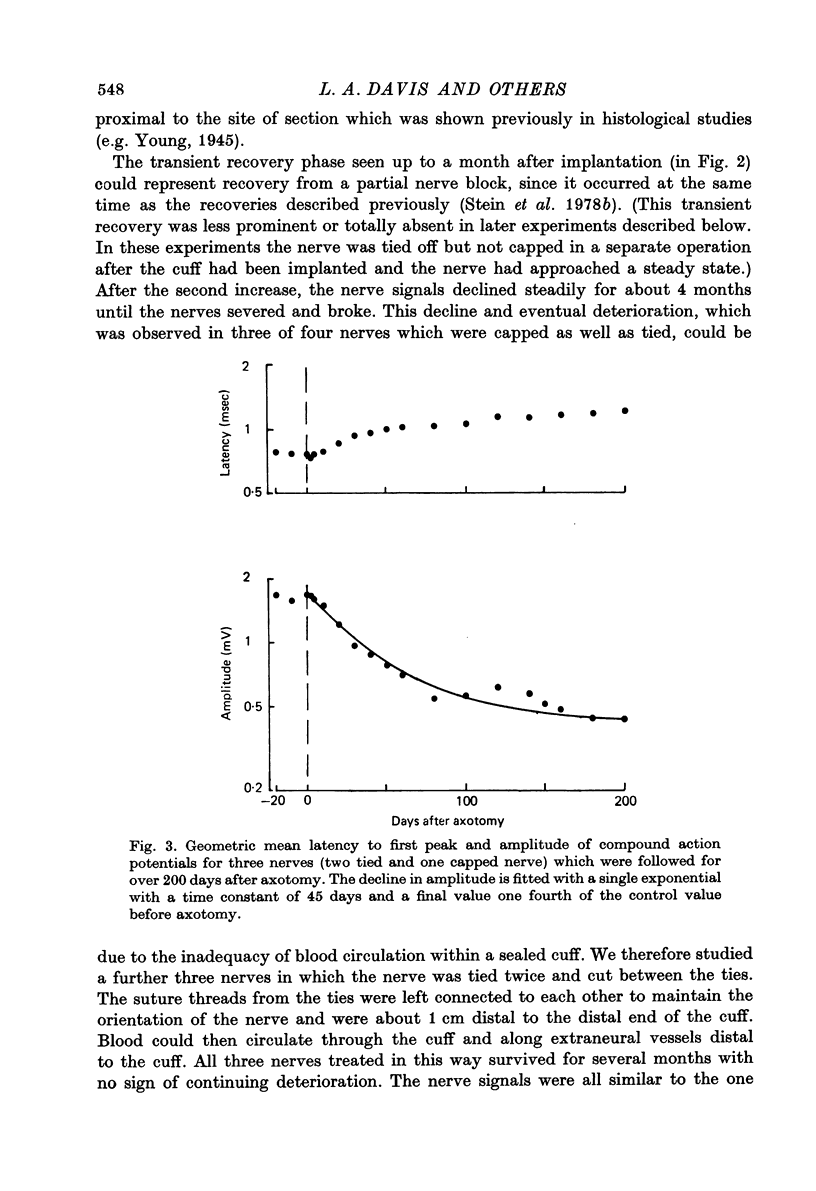


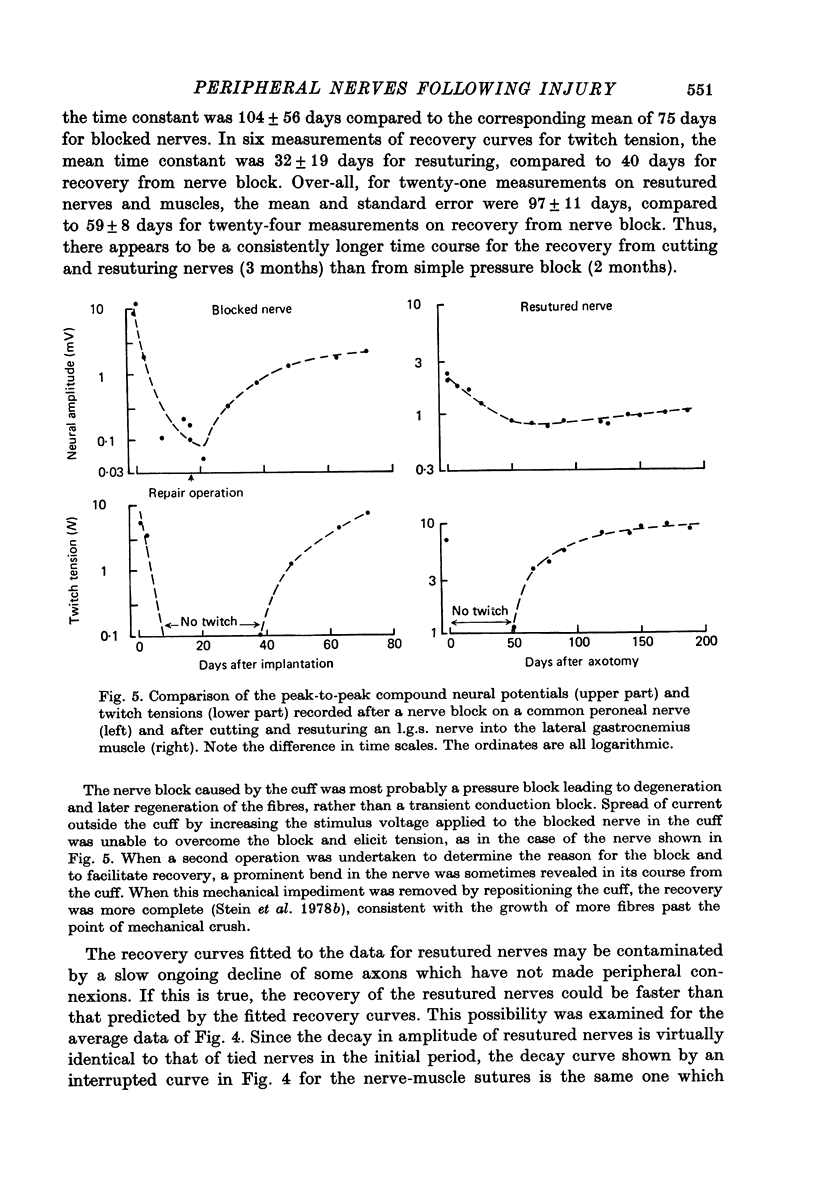
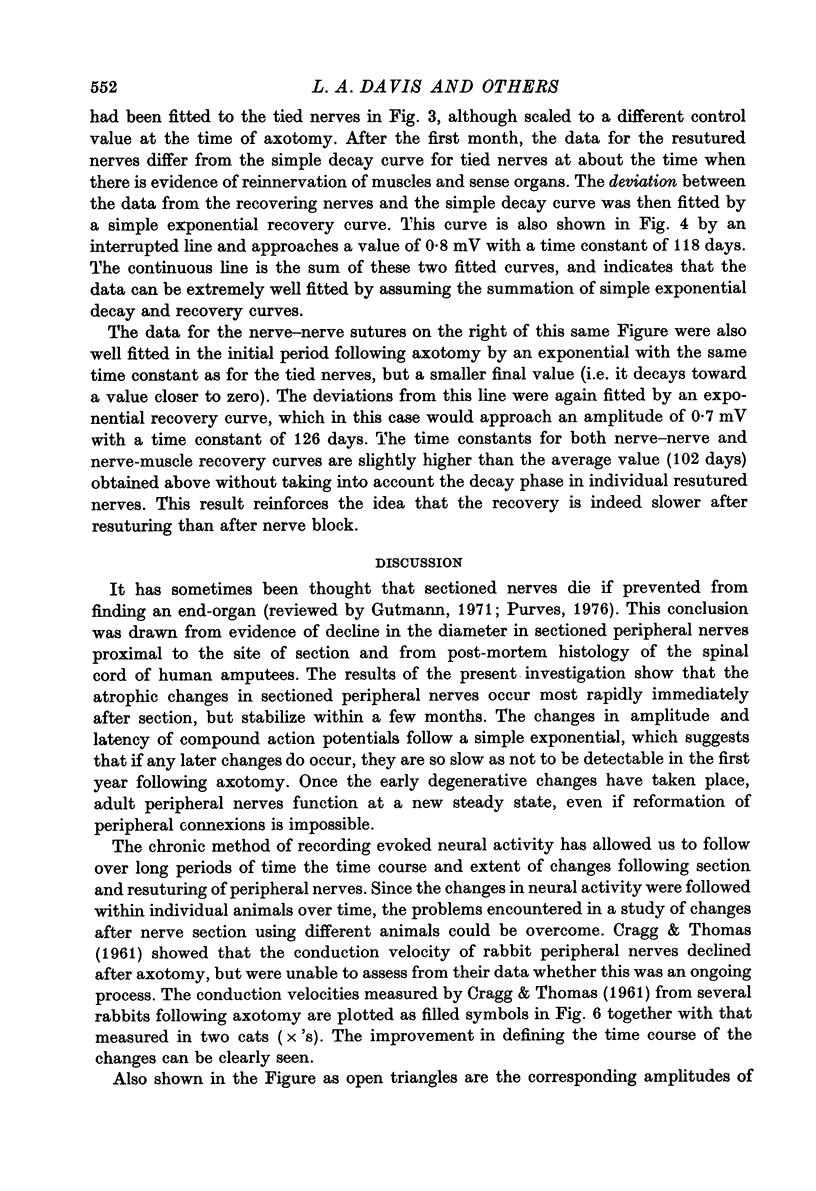
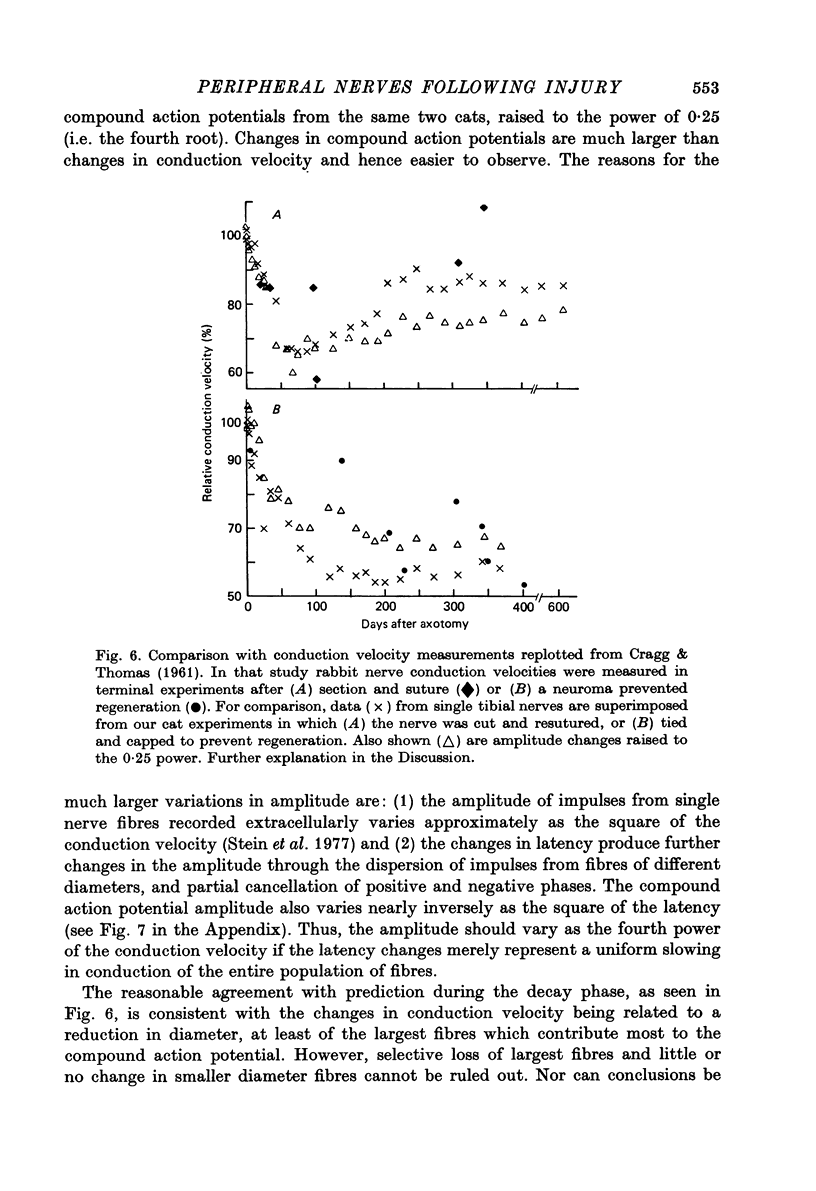


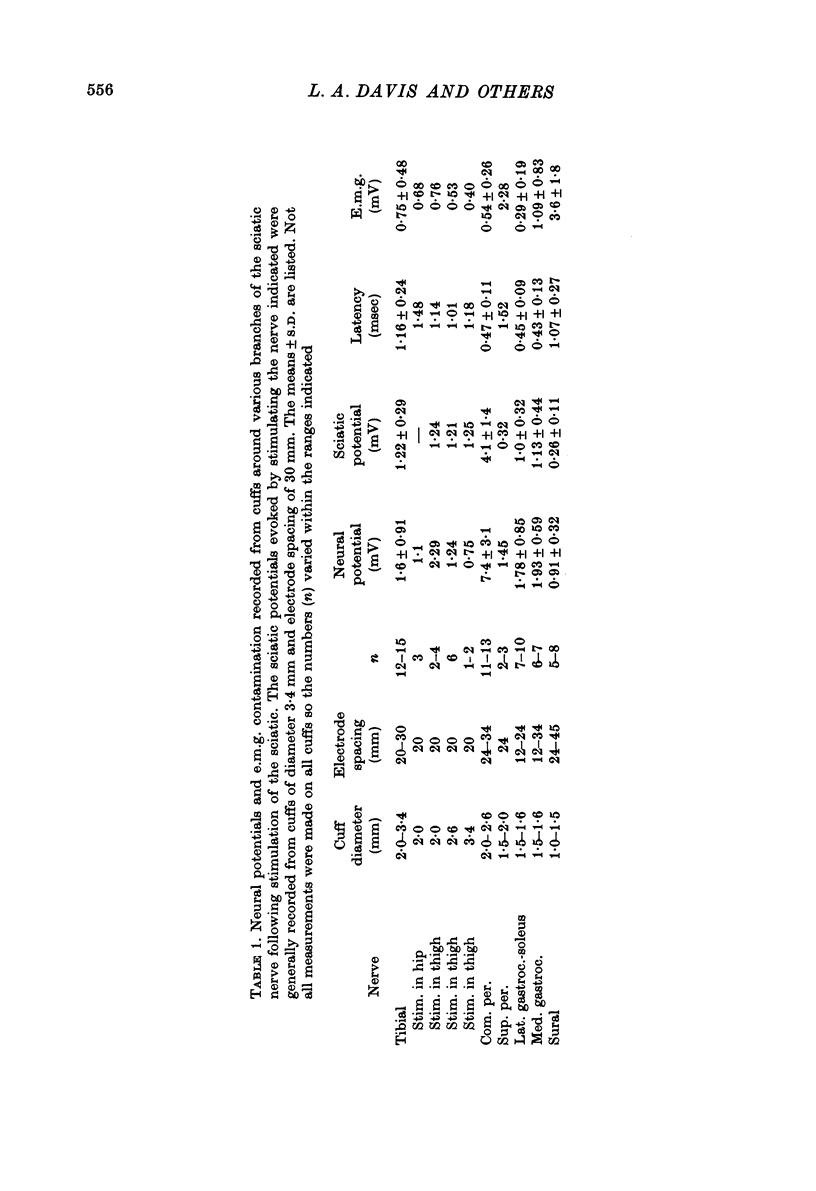



Selected References
These references are in PubMed. This may not be the complete list of references from this article.
- Aitken J. T., Sharman M., Young J. Z. Maturation of regenerating nerve fibres with various peripheral connexions. J Anat. 1947 Jan;81(Pt 1):1–22.2. [PMC free article] [PubMed] [Google Scholar]
- CRAGG B. G., THOMAS P. K. Changes in conduction velocity and fibre size proximal to peripheral nerve lesions. J Physiol. 1961 Jul;157:315–327. doi: 10.1113/jphysiol.1961.sp006724. [DOI] [PMC free article] [PubMed] [Google Scholar]
- Gordon T., Hoffer J. A., Stein R. B. Continued generation of action potentials in nerves without peripheral connexions [proceedings]. J Physiol. 1977 Oct;272(1):39P–40P. [PubMed] [Google Scholar]
- Gutmann E., Sanders F. K. Recovery of fibre numbers and diameters in the regeneration of peripheral nerves. J Physiol. 1943 Mar 25;101(4):489–518. doi: 10.1113/jphysiol.1943.sp004002. [DOI] [PMC free article] [PubMed] [Google Scholar]
- Kuno M., Llinás R. Enhancement of synaptic transmission by dendritic potentials in chromatolysed motoneurones of the cat. J Physiol. 1970 Nov;210(4):807–821. doi: 10.1113/jphysiol.1970.sp009243. [DOI] [PMC free article] [PubMed] [Google Scholar]
- McQuarrie I. G., Grafstein B. Axon outgrowth enhanced by a previous nerve injury. Arch Neurol. 1973 Jul;29(1):53–55. doi: 10.1001/archneur.1973.00490250071008. [DOI] [PubMed] [Google Scholar]
- Mendell L. M., Munson J. B., Scott J. G. Alterations of synapses on axotomized motoneurones. J Physiol. 1976 Feb;255(1):67–79. doi: 10.1113/jphysiol.1976.sp011270. [DOI] [PMC free article] [PubMed] [Google Scholar]
- Stein R. B., Charles D., Davis L., Jhamandas J., Mannard A., Nichols T. R. Principles underlying new methods for chronic neural recording. Can J Neurol Sci. 1975 Aug;2(3):235–244. doi: 10.1017/s0317167100020333. [DOI] [PubMed] [Google Scholar]
- Stein R. B., Nichols T. R., Jhamandas J., Davis L., Charles D. Stable long-term recordings from cat peripheral nerves. Brain Res. 1977 Jun 3;128(1):21–38. doi: 10.1016/0006-8993(77)90233-5. [DOI] [PubMed] [Google Scholar]


